According to the World Health Organization (WHO), health is the condition of every living being who enjoys absolute well-being physically, mentally, and socially. In other words, the concept of health not only accounts for the non-appearance of diseases or conditions but goes beyond that. In other words, the idea of health can be explained as the degree of efficiency of metabolism and the functions of a living being on a micro (cellular) and macro (social) scale.
The lifestyle, that is, the type of habits and customs that a person has, can be beneficial for health, but it can also damage it or negatively influence it. For example, an individual who maintains a balanced diet and engages in physical activities daily is more likely to be in good health. On the contrary, a person who eats and drinks excessively rests poorly and smokes a severe risk of suffering from preventable diseases.
In this block, we will study food as a source of health, especially the Mediterranean diet’s characteristics and its importance in the prevention of diseases.
Food and nutrition
Introduction
Healthy eating is one of the main objectives in the most advanced societies since it allows people to enjoy life and longevity in optimized conditions.
Increasingly, people’s concern about what they eat and the conditions in which it is produced forces states to incorporate reliable information on labelling and control over production processes.
Nutrition is the process by which the nutrients contained in food satisfy the needs of our cells and allow the proper development of our systems and devices to provide people with adequate physical resistance to our daily activity.
To carry out proper nutrition, we must know the specific needs of our body based on age, sex and activity we perform.
The diet results from the selection of the foods that we are going to eat to provide the nutrients that our body requires. Therefore, diets depend on other factors or conditions such as culture, seasonal availability of food, and each person’s specific tastes, among others.
Throughout this course, we will know the nutrients necessary to satisfy our caloric and metabolic needs, and we will propose different diets that allow us, on the one hand, to enjoy food and creative and attractive cuisine while eating healthily.
objectives
Identify the nutritional needs of people preparing diets adapted to them and monitor them.
Evaluate the influence that people’s eating habits and nutritional status have on health/disease, explaining the preventive, care and rehabilitation aspects.
Participate in the design and apply, at an educational level, health promotion programs and strategies to promote preventive and hygienic-sanitary attitudes and habits in students.
1.1. Importance and goals of nutrition
At present, no one disputes the importance of acquiring proper habits to practice a healthy, sufficient and balanced diet. The positive or negative effects of our diet will have an impact, sooner or later, on our health.
Since ancient times it was known that health and nutrition had been linked. It was known that there was the possibility of getting sick when certain foods were consumed, and if you were sick with something specific, there were foods that could be consumed and others could not.
Human diseases have varied throughout history. Many of those related to food shortages or malnutrition have disappeared in most developed countries and have given way to degenerative or chronic diseases. Others have also appeared linked to overfeeding derived from the industrial society’s eating habits and life habits of the late 20th and early 21st centuries.
During the last fifty years, the association between correct nutrition and the prevention of many diseases has been established.
Food is a primary biological factor for survival. It not only refers to the satisfaction of an identical physiological need in all human beings but also to the diversity of cultures and everything that contributes to shaping the identity of each people. It depends on the techniques of agricultural production, the structures of social cultures, dietary and religious representations and consequent precepts, of the vision, and a set of traditions slowly elaborated over the centuries. The relationships between these aspects of culture and ways of eating have always existed.
In all its cultural variety, the food we eat broadly defines health, growth, and personal development.
Both individually and collectively, food is of great importance to the health of the population. Diet is part of the environment that affects individuals and constitutes an essential approach element in health promotion, disease prevention and rehabilitation of the sick.
In people’s health, food has a significant social dimension, in such a way that factors such as culture, religion, purchasing power, climate, myths or taboos, family or social events, social status or fashions are decisive in eating habits. To this social dimension, we must add the implication of each person’s values and attitudes, family or society.
We cannot forget that food is an important moment in family dynamics as a space for dialogue, meeting or communication, in work dynamics and social relationships or at dinners with your partner or friends.
Changes in diet and food can generate health problems of a psychosocial nature, as they are usually negatively valued due to the social impact that it entails, among others.
The main goals of nutrition are as follows:
Energy contribution: This point is essential for any human being and any activity carried out. The contributions of carbohydrates, proteins and fats must be offered in adequate quantity, quality and proportion. In this way, the correct functioning of the metabolic system is achieved.
Plastic contribution: To fulfill this purpose, the adequate incorporation of proteins, fats and certain minerals must be considered. Proteins are an essential part of the structure of every living cell and perform the essential function of tissue construction. Among the minerals to consider, we highlight calcium, which as a plastic element, plays a fundamental role in muscle contraction and the transmission of nerve impulses.
Regulatory contribution: It is generally given by the incorporation into the body of vitamins and minerals. In the case of vitamins, it works as catalysts for biochemical reactions that allow the release of energy.
Reserve contribution: Considering that carbohydrates and fats are the primary sources of energy, the storage of these substrates in the body is assumed to collaborate in energy metabolism at the time of physical effort. Fats are quickly accumulated. Therefore they do not present storage or availability problems. All human beings have a considerable percentage of fat. Approximately 11% of the weight of a person in good physical condition who develops activity daily (about 7 kilograms, for an individual weighing 70 kilograms). Carbohydrates accumulate as glycogen in the liver and muscles, but they do not exceed 0.5% of the individual’s total weight (around 500 grams in a person weighing 70 kilograms). This glycogen is metabolized to glucose and thus converted into energy. For this reason, muscle fatigue appears after excessive glycogen expenditure after exercise.
The human organism is an unstable and open system, so it needs a constant supply of energy and exchange of materials with the external environment to survive. This biological reality is carried out, basically, through respiration, excretion and food nutrition.
Food consists of obtaining from the environment a series of products, natural or transformed, which are called foods, and which contain a series of chemical substances called nutrients, in addition to other substances of each of them that configure their sensory qualities (texture, aroma, flavour, colour). The vast majority of foods today contain additives that have been added throughout the production and handling process, intending to optimize their function of feeding and nourish (safe, hygienic foods, …) and their service qualities (long-lasting, comfortable, affordable, attractive).





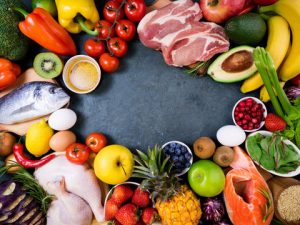
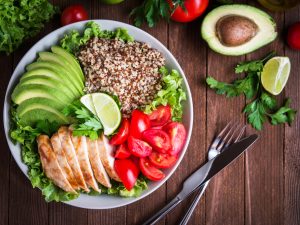
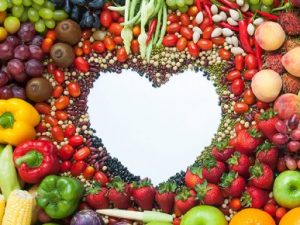



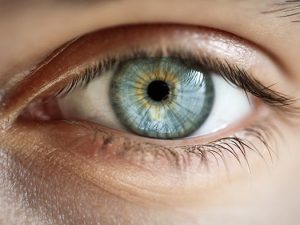







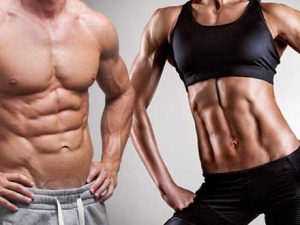



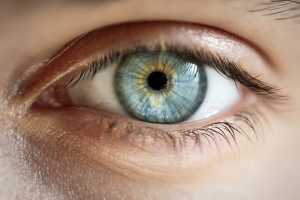






Add Comment